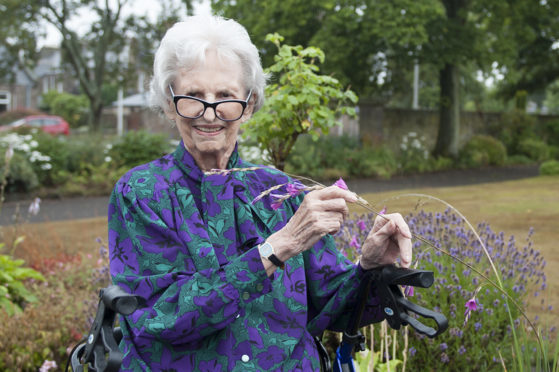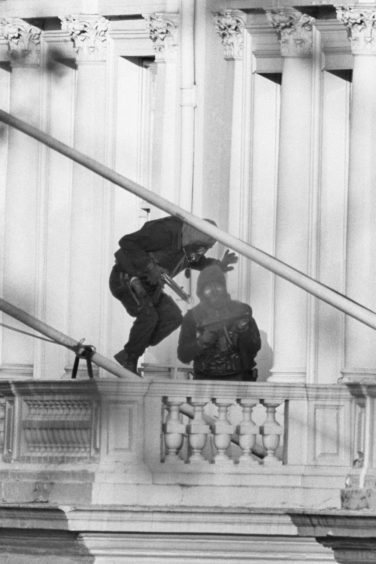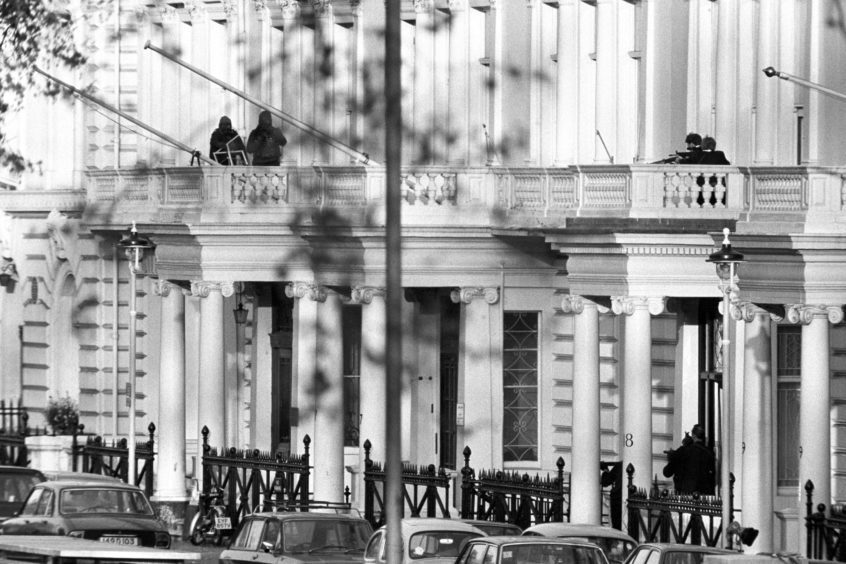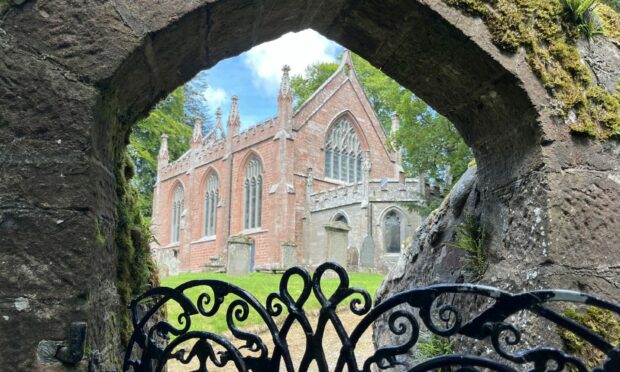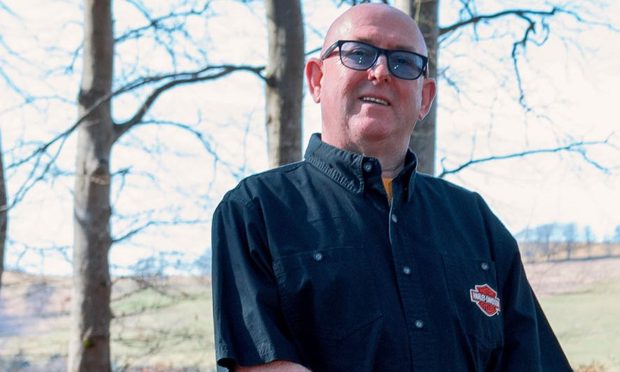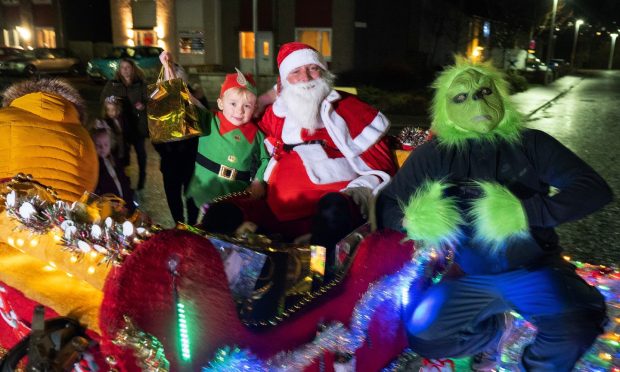A plant rescued as a “symbol of hope” in the aftermath of an embassy siege in London which saw seven people killed more than 25 years ago, will be the centrepiece of an open garden event in Montrose this weekend.
On April 30 1980, six armed men stormed the Iranian Embassy in South Kensington in London, demanding the release of a number of prisoners in foreign jails.
It marked the beginning of a six day siege that would see five gunmen and two hostages killed.
It ended only after elite special forces stormed the building in a dramatic operation lasting just seventeen minutes.
The Royal College of General Practitioners were based in the building next door, and working there that day was Dr James Smith.
Dr Smith had been accompanied to London by his wife Margaret, who now lives at Dorward House in Montrose.
She said:”After the sound of gunfire, police came to the building and instructed everyone to leave as best they could.
“The police were marvellous and escorted everyone out.
“After the evacuation, the security services used this building as a base, and carefully removed bricks from the adjoining wall, leaving just the wallpaper, so they could listen to what was going on in the embassy.
“Of course, we followed events carefully on the news as the siege progressed, and knew just how serious it was after one of the hostages was killed.
“I think it was after this that the Prime Minister ordered the SAS to take control, and everyone could see them storm the embassy on television.
“It was all over very quickly, but the embassy had caught fire and was very badly damaged.
“It was a year later when we went back to the Royal College of GPs to look at the damage.
“The small garden at the back was communal, and was piled up with burned material and debris from the embassy.
“The wreckage had killed off almost all of the vegetation, but a beautiful, small flower remained, and I undertook to save it.
“Someone provided me with paper and I wrapped it up and took it back to Edinburgh and replanted it, and when we moved to Montrose, it came with us.
“The plant was quite a celebrity, and for a time, people would knock on our door and ask to see it.
“The siege was a terrible event, and for me, keeping the plant alive all these years is a symbol of hope after such a tragedy, and I hope people will enjoy seeing it.”
Tickets and maps for the Montrose Gardens event, which takes place on Sunday August 5 are available from Stratton House, Castle Place, Montrose and cost £5, with access to five local gardens and proceeds going to charity.
Teas and refreshments will be available at Dorward House.
